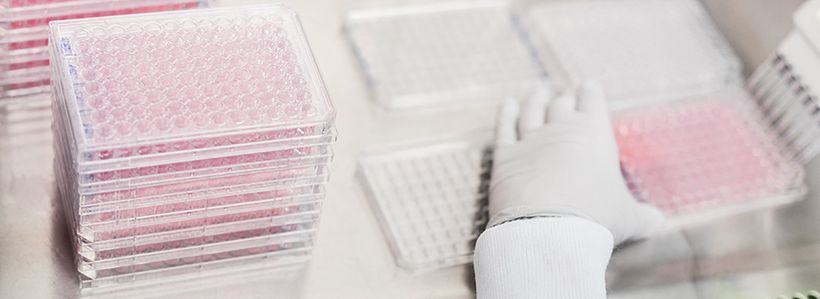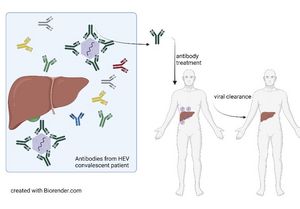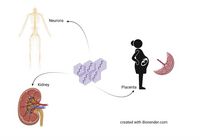Projects Translational Virology

Antiviral Strategies Against HEV

In close cooperation with colleagues in the field of structural biology (Prof. Krey's team at the University of Lübeck), we have successfully identified the first potent neutralizing human antibodies against HEV. This achievement was made possible by isolating HEV-specific memory B cells from convalescent patients' blood. These antibodies have undergone comprehensive examinations, including assessments of their binding affinity, antigen binding sites, and neutralization capabilities across various HEV genotypes. Additionally, their protective role in a mouse model has been confirmed (manuscript in preparation). Currently, we are closely collaborating with our partners to further advance the clinical development of these antibodies. Furthermore, we are conducting investigations into alternative methods for administering antibodies, including mRNA-based approaches.
Determinants of the Clinical Course of Infection

The identification of these antibodies has also led to the development of novel diagnostic techniques for the virus in patient samples (HEV antigen, IgG-ELISA). Alongside other serological and functional analyses (neutralization experiments), we are actively engaged in the identification of factors influencing the clinical course of infection and markers for guiding the therapeutic use of ribavirin in chronically infected patients.
Prevention of HEV Infection
Utilizing our cell culture model, we have assessed various disinfectants for their effectiveness against HEV. Our findings have revealed that only a limited selection of commercially available disinfectants demonstrate adequate activity against HEV. This discovery holds significant implications, especially for hygiene recommendations in cases of HEV infection. In another collaborative project (in partnership with FLI, Dr. Eiden, Prof. Groschup, Greifswald), supported by a Seed Fund from the newly established "One-Health" Center in Greifswald, we are currently evaluating vaccinations in pigs, which serve as the natural reservoir of the virus in Germany.
